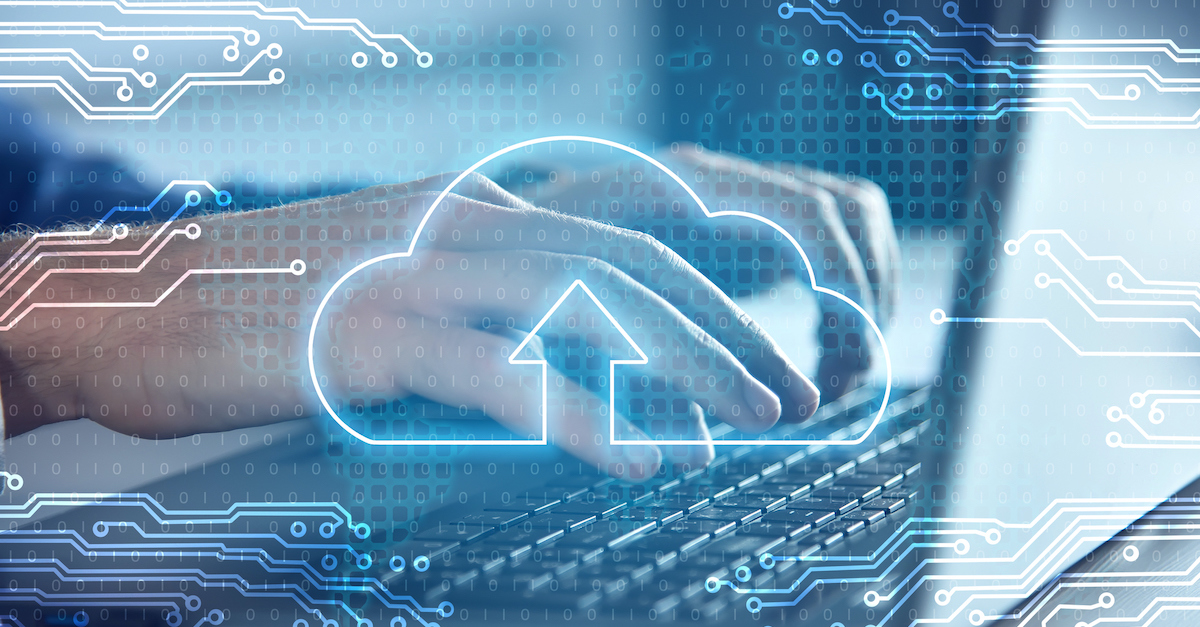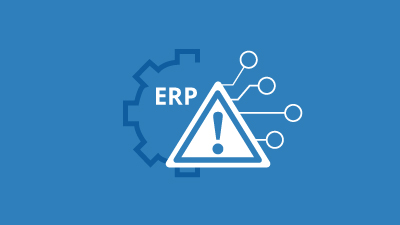Should I Upgrade or Replace My Legacy ERP System?

Is your aging ERP software holding your business back? Are you torn between upgrading your legacy ERP software and replacing it with a modern, cloud-based solution? Not sure which move is the most pragmatic option for your organization?
If this sounds familiar, then this blog can help. Below, we explore the benefits and drawbacks of upgrading vs. replacing your legacy ERP solution. Our goal is to help you understand your options so that you can make an informed decision that supports your long-term business goals.
The Pitfalls of Using an Outdated Legacy ERP
If your organization is still relying on legacy ERP software, then you are either already experiencing or can expect to encounter some of the following issues in the very near future:
- Frustrating performance issues
- A lack of mobile device compatibility
- Little to no support across industry verticals
- Minimal or non-existent scalability
- Limited integration capabilities
On their own, any of the aforementioned issues can impact productivity and hinder profitability. Cumulatively, these challenges could pose a serious threat to business continuity and cause your organization to fall behind industry competitors.
Learn more about the risks of legacy ERP.
The Pros and Cons of Upgrading Your ERP
Upgrading your legacy ERP software can be a wise move, but it is not an undertaking without its shortcomings. Therefore, it is important to understand both the pros and cons of upgrading your ERP before making a final decision.
Benefits of an ERP Upgrade
An ERP upgrade will include software updates that remedy some frustrating performance issues. The upgrade may also include some tools and feature add-ons that enhance overall ERP software functionality. In addition, upgraded ERP technology will yield a better user experience for your staff.
Another potential benefit of upgrading vs. replacing ERP is that the former is more cost-effective. Companies working with a tight budget often view an ERP upgrade as the more economically friendly solution.
Additionally, upgrading to the latest version of ERP software can ensure that you can access timely support from the technology developer.
Typically, developers will phase out support for outdated software versions after they release newer variants. This approach allows developers to allocate more support resources to customers using the latest versions of their products.
Downsides to Upgrading vs. Replacing ERP Software
As noted above, upgrading your ERP software can be more cost-effective than replacing it altogether. However, that does not mean that upgrading ERP software is “cheap.”
In fact, a large-scale upgrade can be both time-consuming and incredibly expensive. It just happens to be less expensive than replacing your ERP solution entirely.
Another concern is that upgraded ERP software may still not adequately integrate with your various applications. It might also lack mobile compatibility, which can be a huge hindrance in modern business environments.
To recap, upgrading your existing ERP software is a “good, not great” option that can buy you some time. However, replacing your ERP software with an innovative solution such as Acumatica can provide your company with a distinct edge within your respective industry.
How Replacing Your ERP Can Provide a Competitive Edge
Top ERP software platforms like Acumatica include a broad range of tools, capabilities, and features that you can use to streamline enterprise resource planning. Examples of these capabilities include:
- Artificial intelligence tools
- Business intelligence analytics functionality
- System integration capabilities
- Mobile device compatibility
- Customizable dashboards
- Advanced reporting tools
These various capabilities can lead to improved operational efficiency, better decision-making, and higher profitability. In order to tap into these benefits, you must navigate the two primary hurdles associated with replacing your ERP software.
The first such barrier is cost. Replacing ERP software is both labor and cost-intensive. However, a full-scale replacement will yield a strong return on investment, especially if you take steps to ensure that the deployment process goes off without a hitch.
That brings us to the next hurdle, or should we say hurdles, of replacing ERP software: configuration and implementation.
Configuring and implementing a robust ERP solution like Acumatica can be quite difficult. That is why you should partner with a Gold Certified Acumatica Partner like Cloud 9 ERP Solutions. We can manage this entire process from start to finish so that you can optimize the ROI on your savvy business investment.
Still not quite sold on the benefits of replacing your ERP solution with Acumatica? We understand — this is a huge decision that will have lasting impacts on the success of your business.
However, we are so confident in the capabilities of Acumatica that we will gladly provide you with a free demonstration. Schedule yours today and experience the capabilities of the leading ERP software for yourself.
Still not sure? Browse the links below to see if it is time for your company to make the switch:
- 5 Risks of Staying on Legacy ERP Software
- Charting Your Course to Smarter Business Management Software
- Top Considerations When Thinking About an ERP Switch
- How to Find the Right ERP Implementation Partner
- Watch our Acumatica Overview Video



